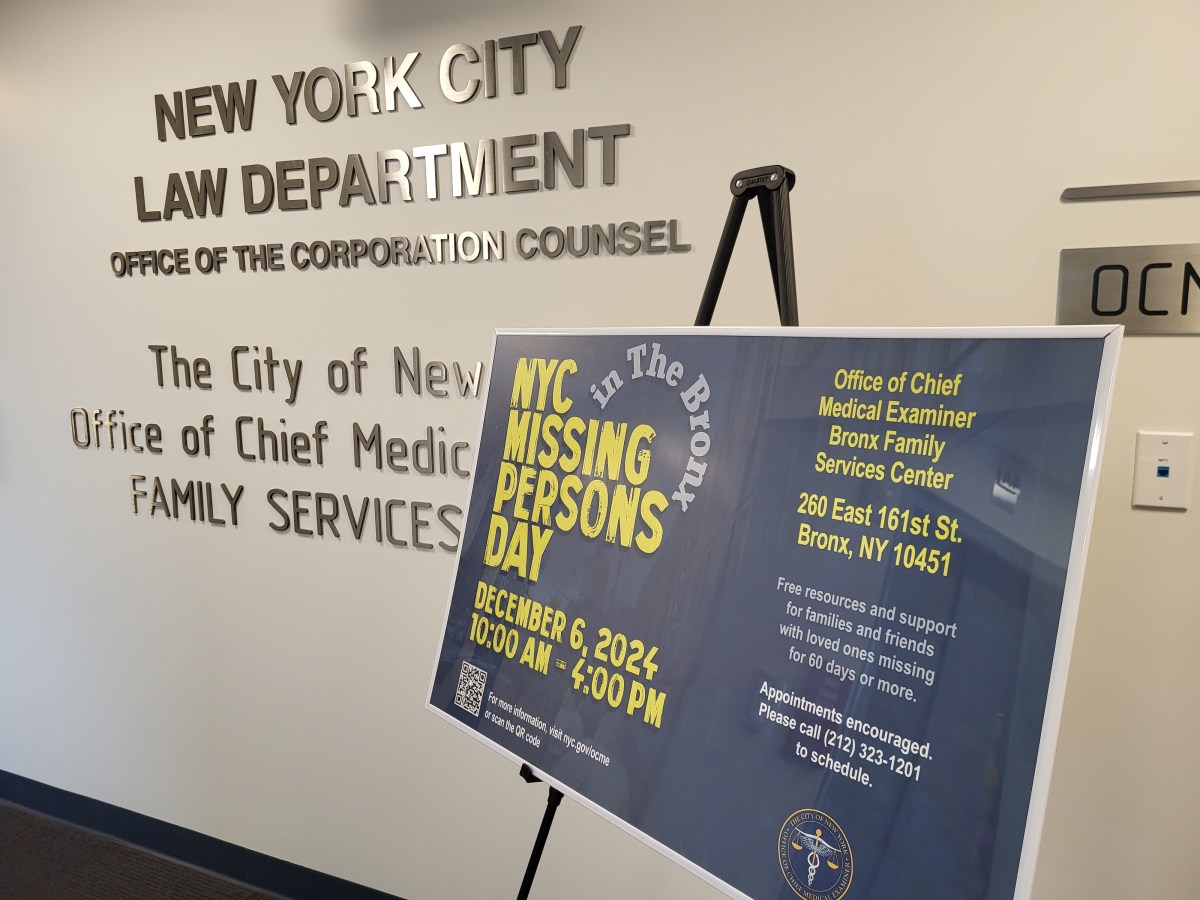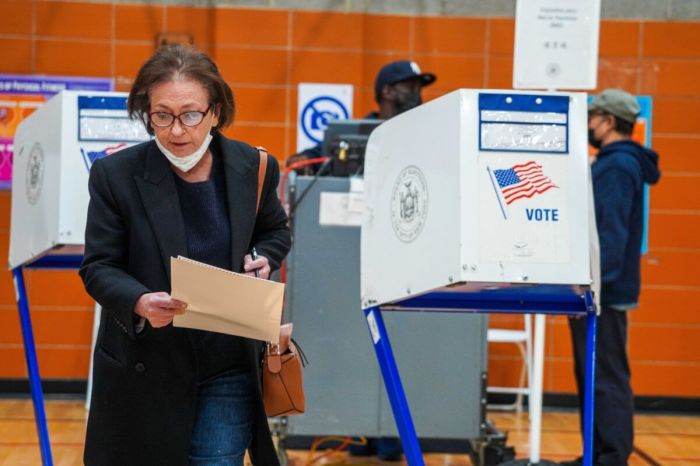Here’s an uncontroversial statement: housing in New York is getting more and more expensive. The rent is too damn high, and it’s getting higher. The more difficult question, naturally, is what should be done.
Rezoning. That’s the dangerous word upon which a major part of Mayor Bill de Blasio’s plan to solve the affordable housing crisis hangs.
Rezoning is the bete noir of community boards, local politicians and residents on stoops and street corners from Hamilton Heights to Cypress Hills and everywhere in between.
Unsurprisingly, many of the aforementioned have expressed their disapproval of the mayor’s plans to make sure you don’t pay an arm, a leg and a share of your unborn children to live within the city limits. Here’s what the administration wants to do and why that has some people upset.
Mandatory inclusionary housing
Across the city, in areas that are designated for increased residential capacity development, new construction would be required to have 25 or 30 percent affordable units. Notably, these units would remain permanently affordable — they wouldn’t “age out” of affordability like rent-stabilized apartments do.
What’s affordable, you ask? The plan calls for apartments to be accessible to people making 60 to 80 percent of the city’s (and surrounding area’s) median income. For a family of three, that’s $46,620 on the low end, $62,150 on the high.
This has proved worrisome to some renters. Median income is fixed for the entire city, not adjusted from neighborhood to neighborhood — what might be affordable on the Upper East Side wouldn’t necessarily be so in East New York.
Administration officials have stressed that these requirements are the floor of affordability that they’re looking for, not the ceiling. They’d supplement where appropriate with housing subsidies, including some in East New York with rents as low as $583 a month. But such subsidies could, of course, be ended by a different administration.
Zoning for quality and affordability
Another citywide proposal, known as ZQA, attempts to get more from what’s already allowed. As an incentive to create affordable senior housing, developers would be allowed to build slightly taller buildings (up to one or two stories). The proposal also loosens parking requirements for those within “transit-heavy” neighborhoods.
While ZQA includes supposedly low-impact, high-benefit provisions — adding a few feet to ground floors to allow for small businesses, putting on another flight for the elderly — critics say that even 10 feet is too much when it blocks a view, hides the sun, or changes the character of the neighborhood. Never mind opening the door for further construction.
East New York rezoning
The third proposal focuses solely on East New York, Cypress Hills and Ocean Hill, parts of which will be “upzoned” to allow for more density and more commercial use. This is the proving ground for the administration’s plan to net affordable units through rezoning. Mandatory inclusionary housing and ZQA would also apply to the area and help to provide
new affordable housing in exchange for development.
At the Brownsville Multi-Service Center, Assemb. Charles Barron spoke of the administration’s “Kool-Aid” and purported to give the “real deal”: a dismal future of displacement and gentrification.
Even a sturdy number of affordable units, he says, wouldn’t make up for the infusion of hipster hordes, who would change the neighborhood irrevocably and raise the price of coffee, laundry, rents.
The takeaway
The administration contends that market forces and gentrification are changing the city whether we like it or not, and what we should do is harness those forces to work for our neighborhoods. He’s full steam ahead: at an unrelated news conference yesterday he said that “there’ll be doubting Thomases at first, but I think over time, we’ll be able to show people it works.”
It looks like it will certainly take time. Though the real decision will come to the City Council early next year, community board after community board has voiced its disapproval through non-binding negative votes.
The mayor says the changes he’s suggesting are meant to avoid a city made only for the wealthy. With cheap housing rapidly disappearing, there aren’t many other options. Of course, to the people who plan to continue living in New York, that’s the scary part.
This is amExpress, the conversation starter for New Yorkers.






































